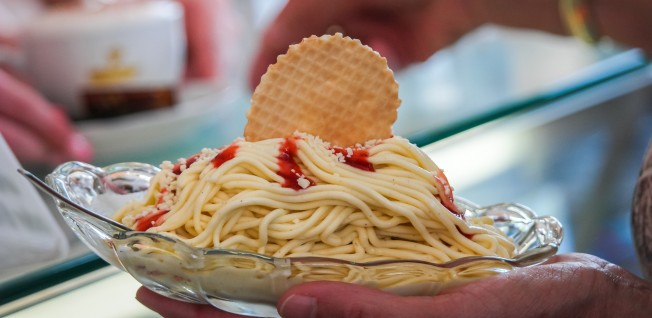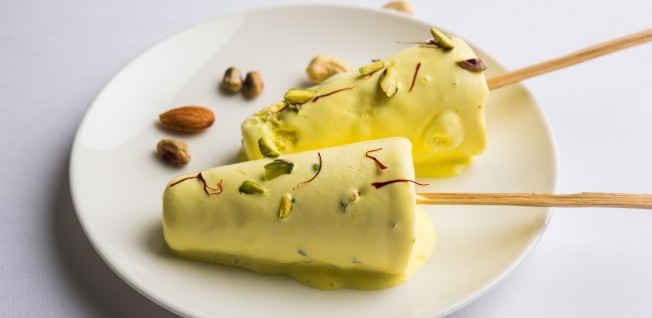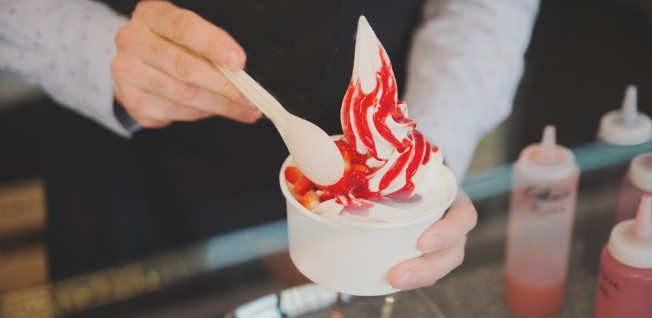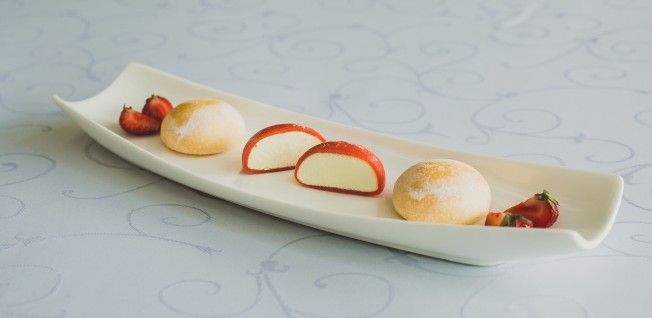Anything but Vanilla: Five Must-Try Ice Creams from Across the World
Italian Gelato
Italy and ice cream are a match made in heaven which goes back as far as the 1500s. Created at the request of the infamous Medici family to impress the visiting King of Spain, gelato quickly spread throughout Europe. So what’s the difference between regular old ice cream and a smooth scoop of gelato? Primarily, gelato is lower in fat, using less cream and fewer eggs in the recipe. It’s also churned at a slower speed, and frozen at a lower temperature to produce its signature creamy texture.
Having less fat in it means that while gelato is still not exactly healthy, it is better for you than a tub of classic ice cream. But this lower-calorie dessert is even more temporary than your regular frozen treats. Less fat means gelato has a limited shelf life and tends to be made in smaller batches. This allows for extra experimentation and gelatarias can test different flavors with relative ease. While vanilla and chocolate remain firm favorites, varieties such as tiramisu, mango, and stracciatella can now frequently be found next to them at the ice cream counter.

German Spaghettieis
With bratwurst and beer amongst their national delicacies, you may not immediately think of the Germans as ice cream innovators. However, as Italian immigrants crossed over into Bavaria, they brought their treasured ice cream recipes with them. One of these Italian inventors took the dessert one step further and created the legendary Spaghettieis. Dario Fontella first created the dish in Mannheim in the 1960s, attempting to recreate the national dish of his Italian family in ice cream form: Spaghetti Napoli. He used a cooled Spätzlepresse (a colander-like device to make small pasta pieces) to push vanilla ice cream into spaghetti shapes, before pouring strawberry topping over the top, emulating tomato sauce, and sprinkling flaked almonds or white chocolate to act as parmesan cheese. The bowl of spaghetti-like ice cream was so realistic children who were given the dish reportedly cried, thinking their sweet desert had been replaced with a real plate of pasta. The ice cream meal is rarely seen outside of Germany, but it has become a staple of the German Eisdiele and has been adapted into numerous varieties, including a carbonara made with nuts and egg liquor.

Indian Kulfi
Coming from a country where summer temperatures can reach 40° C Indian ice cream is a necessity if you want to keep cool. Creamier than your average supermarket tub, Kulfi has a denser texture allowing it to be molded more easily and usually served on a stick. The dessert was originally made by the Mughals, packing condensed milk into metal cones which could be frozen with a mix of ice and salt. As the Mughals migrated from the Himalayas to hotter parts of their empire, they brought their Kulfi with them, and the cooled custard was cemented as a national favorite. Pistachio, mango, rose cardamom and saffron make up some of the most traditional varieties, so if you are looking for some fresh flavors to brighten up your ice cream choices, Kulfi may be just what you need.

American Froyo
As health-conscious Americans enjoyed their peak purchasing power in the 1980s, frozen yoghurt became the latest must-have dessert. First produced by the dairy company H.P. Hood, it was originally known as “Frogurt” and soon became a staple in the United States. Shops selling the macrobiotic snack popped up across the country, and by the middle of the decade, the industry was worth 25 million USD. Eventually, the craze died down and ice cream was once more king of the freezer aisle, but in more recent years froyo has found a new audience. Chains have opened up worldwide selling the ice cream alternative with a variety of toppings and sauces. In the five years between 2010 and 2015, the number of frozen yoghurt shops in the USA more than doubled, and it looks like this delicious dessert is here to stay.

Japanese Mochi Ice Cream
For a sweet and savory fusion, look east to Japan and try some mochi ice cream. Fundamentally, mochi is a form of rice cake, with short-grain rice being compressed into spherical cakes. In its frozen variety, these rice balls are stuffed with an ice cream filling before being covered with rice flour. Originally appearing in the 1980s, the ice cream was first coated with marshmallow although the outer shell was later changed to mochi rice. The first commercially produced mochi were known as “Yukimi Daifuku”, meaning “to watch snow falling” because of their pale, snowball like appearance. In fitting with the frosty theme, vanilla is the most popular flavor although chocolate and strawberry are also common alongside rarer varieties like green tea or azuki bean. While it was first seen in Japan, mochi really gained popularity in the USA, where Japanese restaurants frequently serve a homemade version of the dessert, and mass-produced products can be bought at your local American convenient stores.












